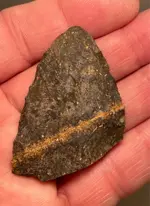MAMucker
Bronze Member
- Joined
- Feb 2, 2019
- Messages
- 1,636
- Reaction score
- 2,980
- Golden Thread
- 0
- Location
- Massachusetts
- Primary Interest:
- Other
(Piece) Dang spell check!
I wasn’t sure if it was anything when I picked up. Just seemed to be sliver, like so many shards of roofing slate. It was caked with dirt and I threw it in my pocket to check out later.
Turned out to be a big wide thin broke blade.
I put a layer of oil on it to brighten up the rich lithic colors.
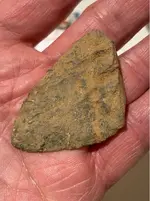
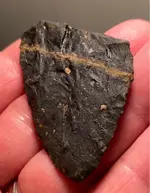
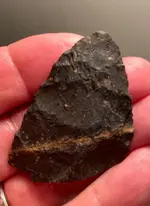
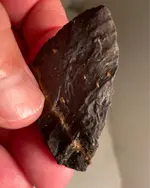
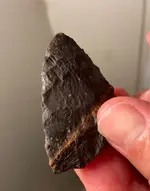
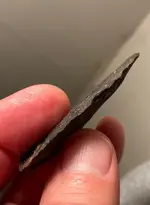
I wasn’t sure if it was anything when I picked up. Just seemed to be sliver, like so many shards of roofing slate. It was caked with dirt and I threw it in my pocket to check out later.
Turned out to be a big wide thin broke blade.
I put a layer of oil on it to brighten up the rich lithic colors.






Last edited by a moderator:
Upvote
0



